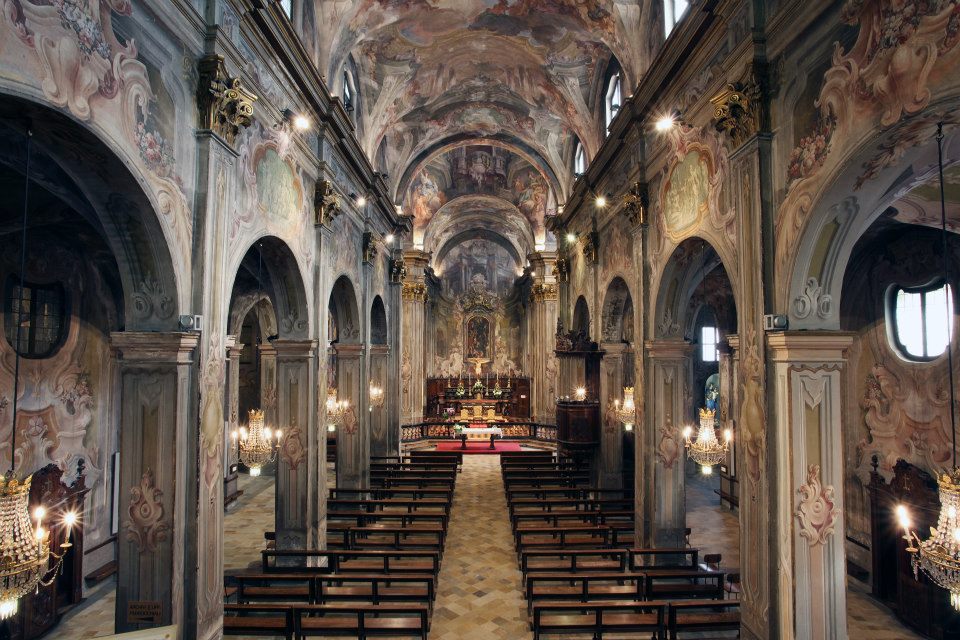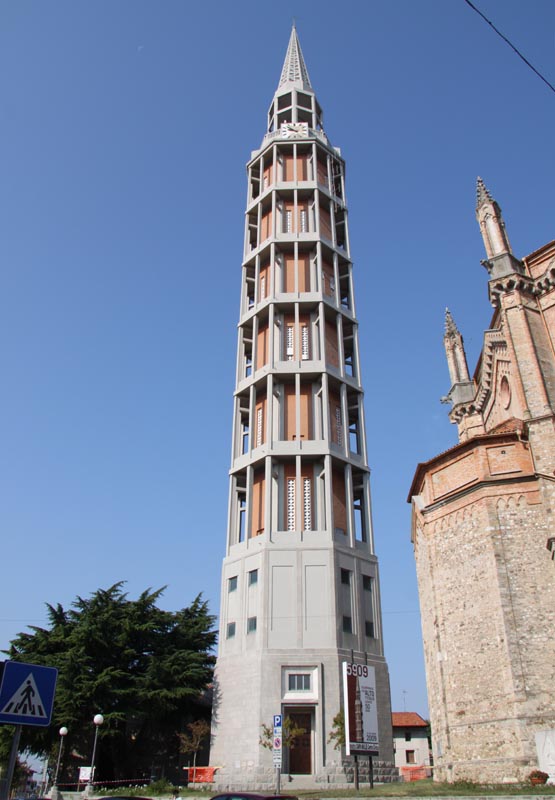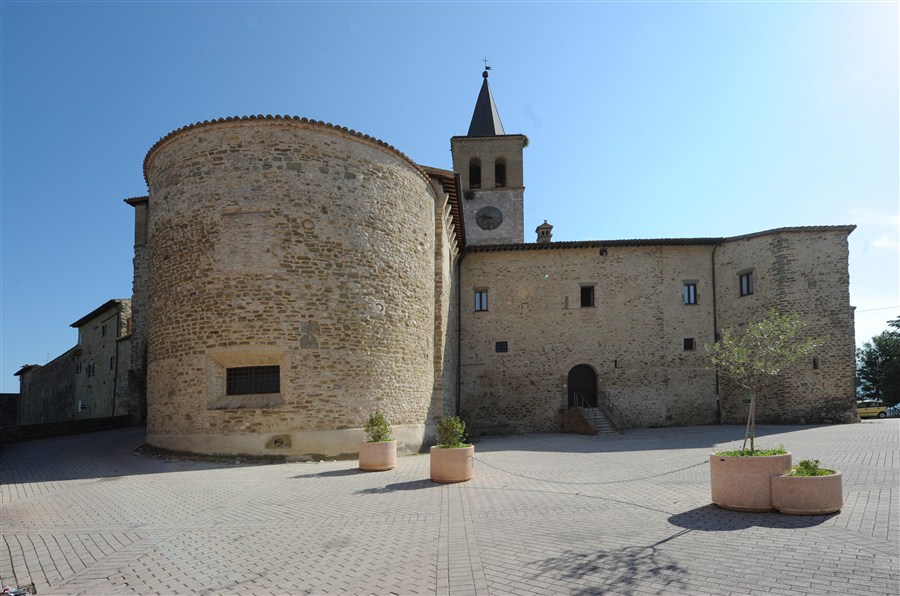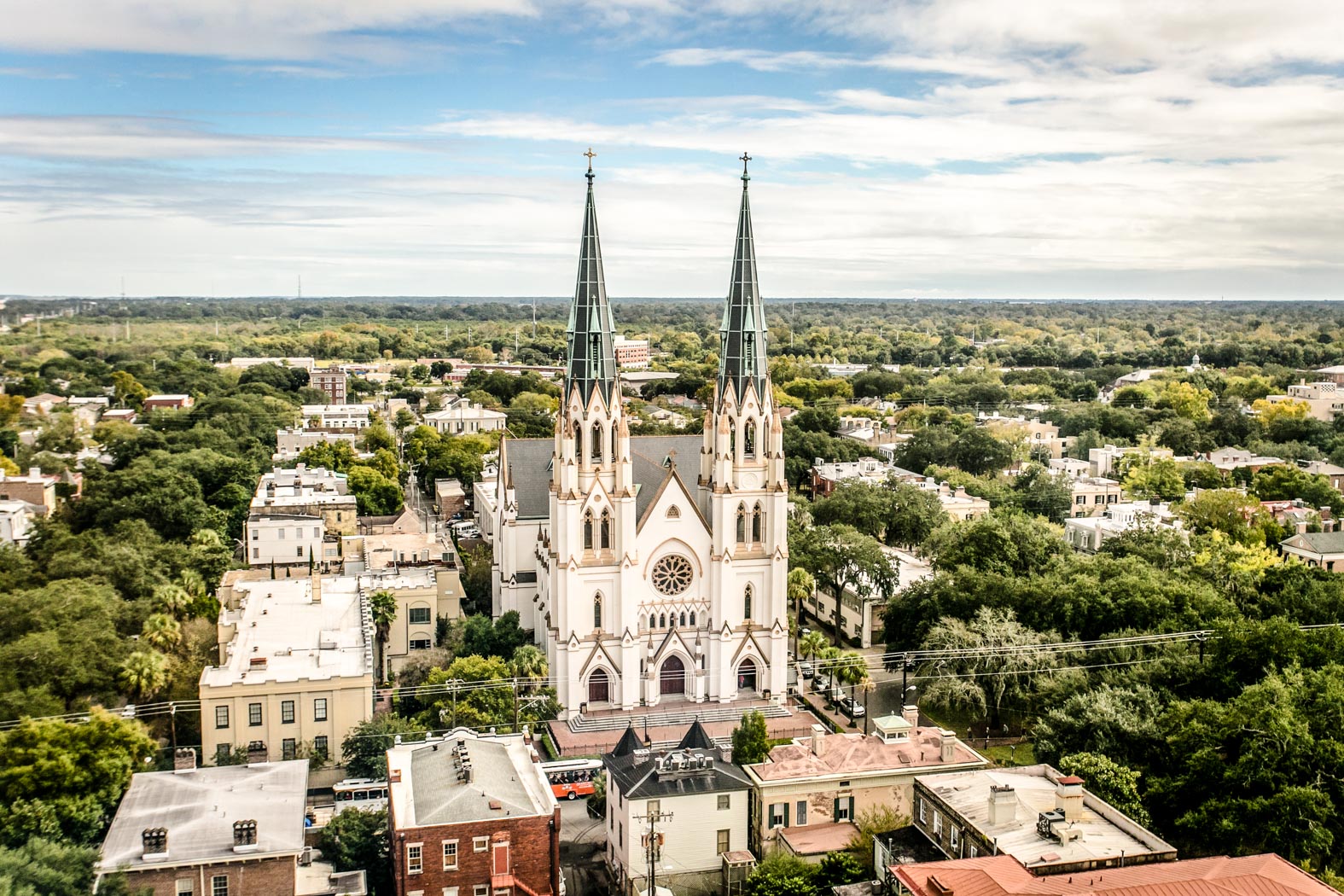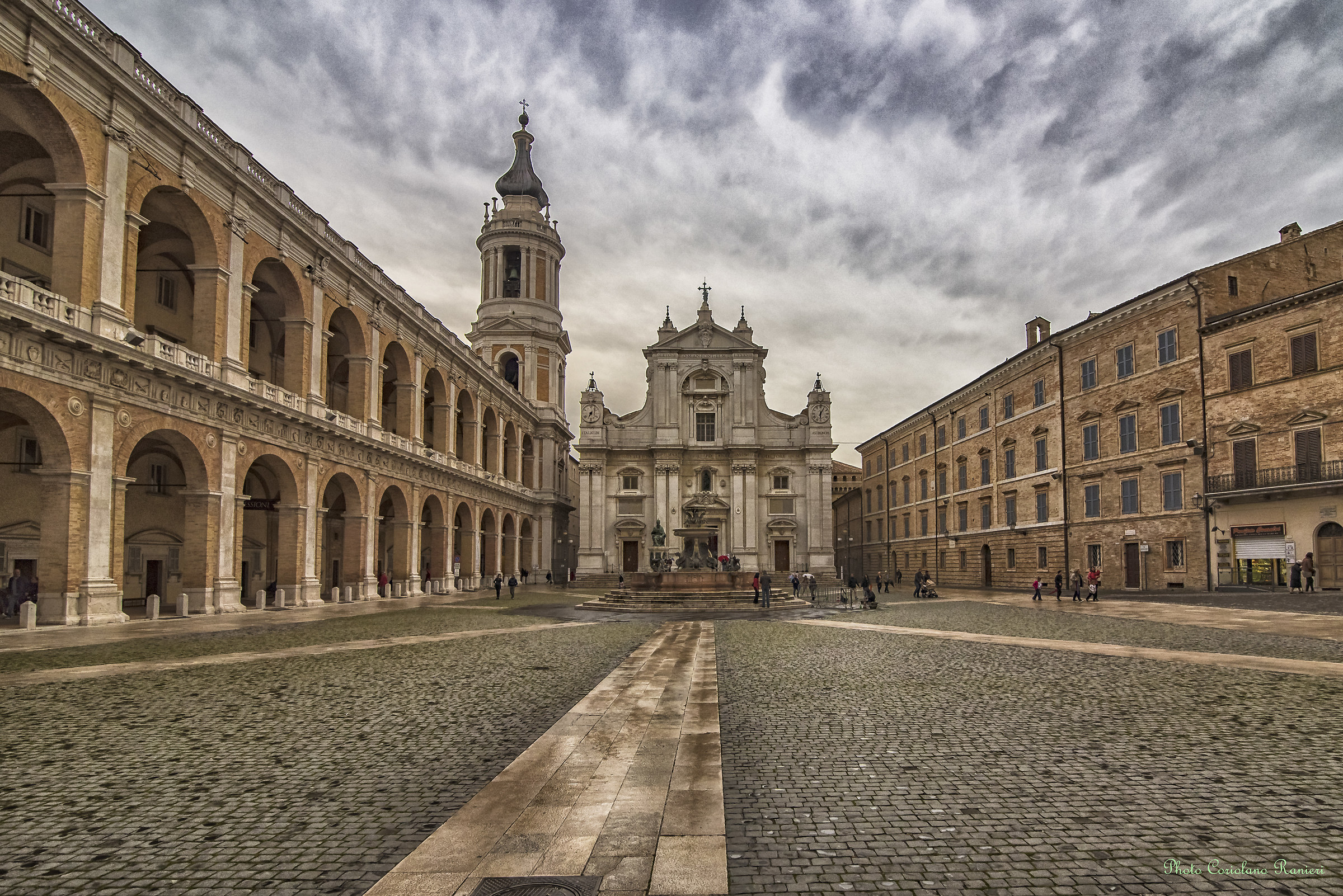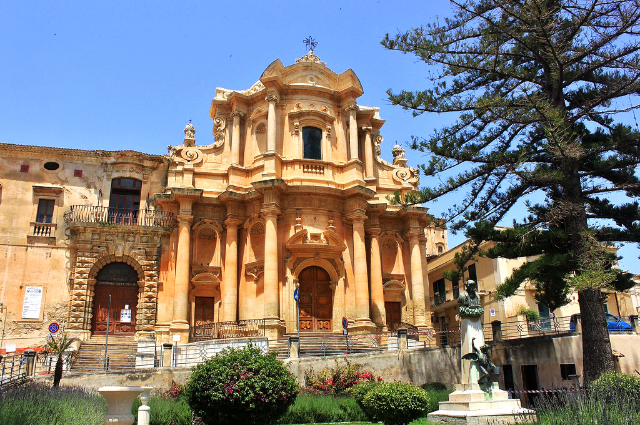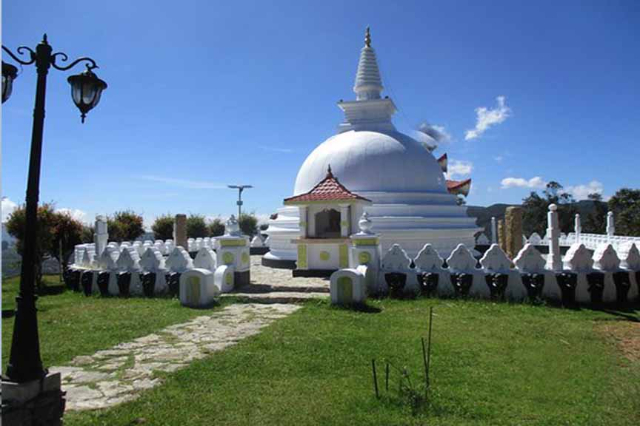A real gem of the city is the small and exceptional church of San Cristoforo. If from the outside it may not say anything, when you enter it leaves you speechless: it is no coincidence that it has been nicknamed the Sistine Chapel of Vercelli.
Built in 1515 on the initiative of the Order of the Humiliati after the demolition of a pre-existing church dating back to the 12th century, the church of San Cristoforo is the Vercelli place par excellence where you can admire the masterpieces of Gaudenzio Ferrari, the greatest Renaissance painter in the area.
On the high altar, the Madonna degli Aranci altarpiece, oil on wood, depicts the Madonna and Child with Saint Joseph surrounded by Saints Christopher, John the Baptist, Nicholas of Bari and two religious men wearing the white habit typical of the Humiliati (supposedly the Blessed Orico and Nicolino Corradi of Lignana, who commissioned the church). As always in Gaudenzio, two little angels at the foot of the group are preparing to play a lute and a violin. In the background, a thick tangle of branches of an orange-coloured apple tree, typical of Valsesia, has for centuries given the altarpiece the name Madonna degli aranci (Madonna of the orange trees).
In the right transept are the frescoes of the Stories of Mary Magdalene completed in 1533, as recalled by a plaque, while an angel holding a plaque warns the viewer that the events depicted follow the hagiographic story contained in the "Golden Legend" by Jacopo da Varagine. Next to it, a grandiose Crucifixion completes the cycle of frescoes dedicated to Mary Magdalene as a scene of the most intense dramatic tension: in a mainly vertical space, the many characters witnessing the scene are depicted, in the "human" space at the bottom, contrasting with the scene at the top with the figures of Christ and the thieves and those of the angels acting as a crown.
On the opposite side of the transept is a cycle of frescoes symmetrical to that of the Magdalene, in this case depicting the Life of the Virgin. The large panels are arranged around a window surmounted by a sibyl, while below it, two offering women are kneeling, dressed in mourning and accompanied by their patron saints (these are two noblewomen of the Corradi di Lignana family with the saints Caterina and Nicola). As in the Magdalene chapel, a larger fresco expresses the point of highest ideal tension in the cycle: the Assumption of the Virgin. The composition of the scene in this case also unfolds on two levels, the earthly and the heavenly. In the first, the group of Apostles is depicted, with St. Thomas at the center, to whom an angel hands the Virgin’s belt so that his doubts are dispelled. The arms of the Apostles invite the viewer to look at the Virgin transported to heaven by lively angels.
The large decorative bands above the frescoes are made of monochrome grotesques, also by Gaudenzio Ferrari and his workshop.
